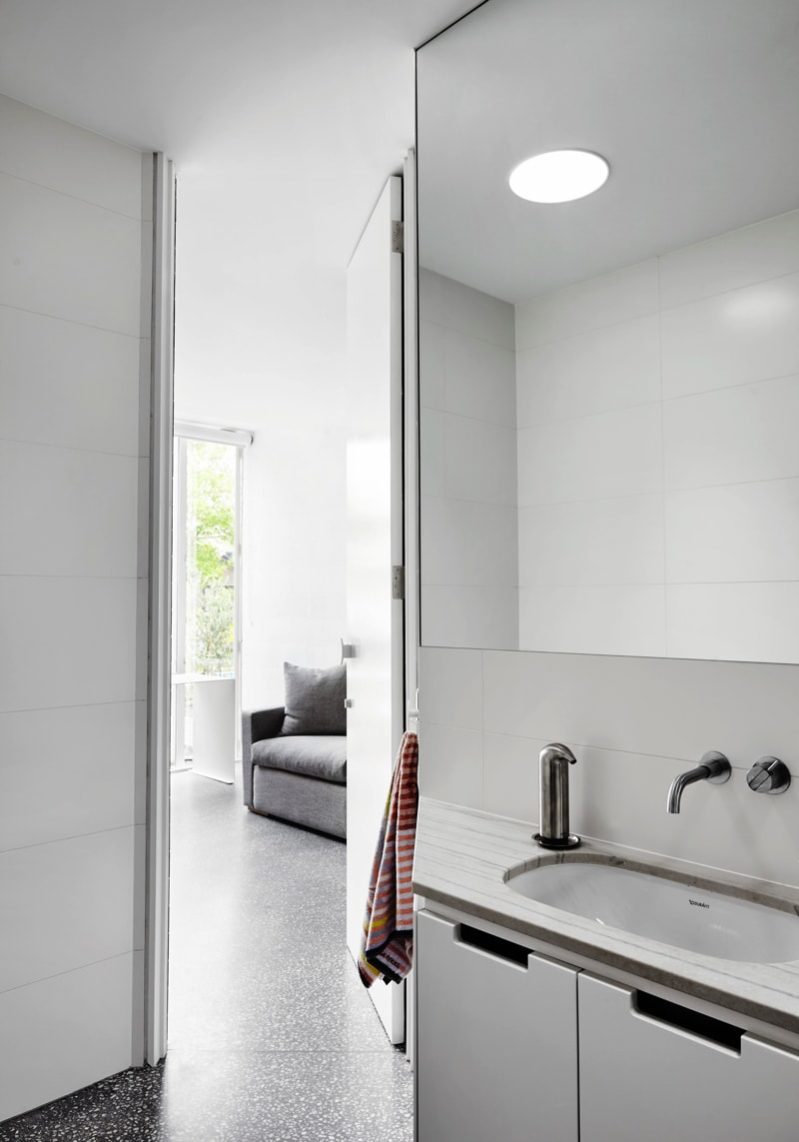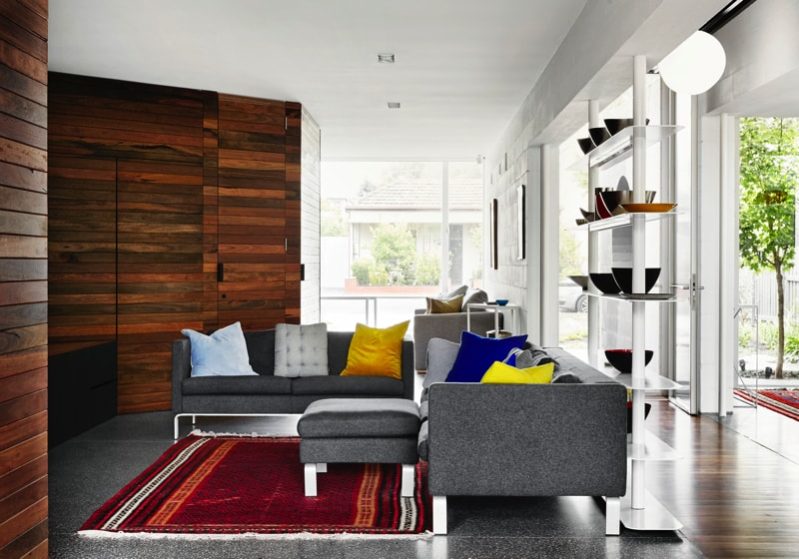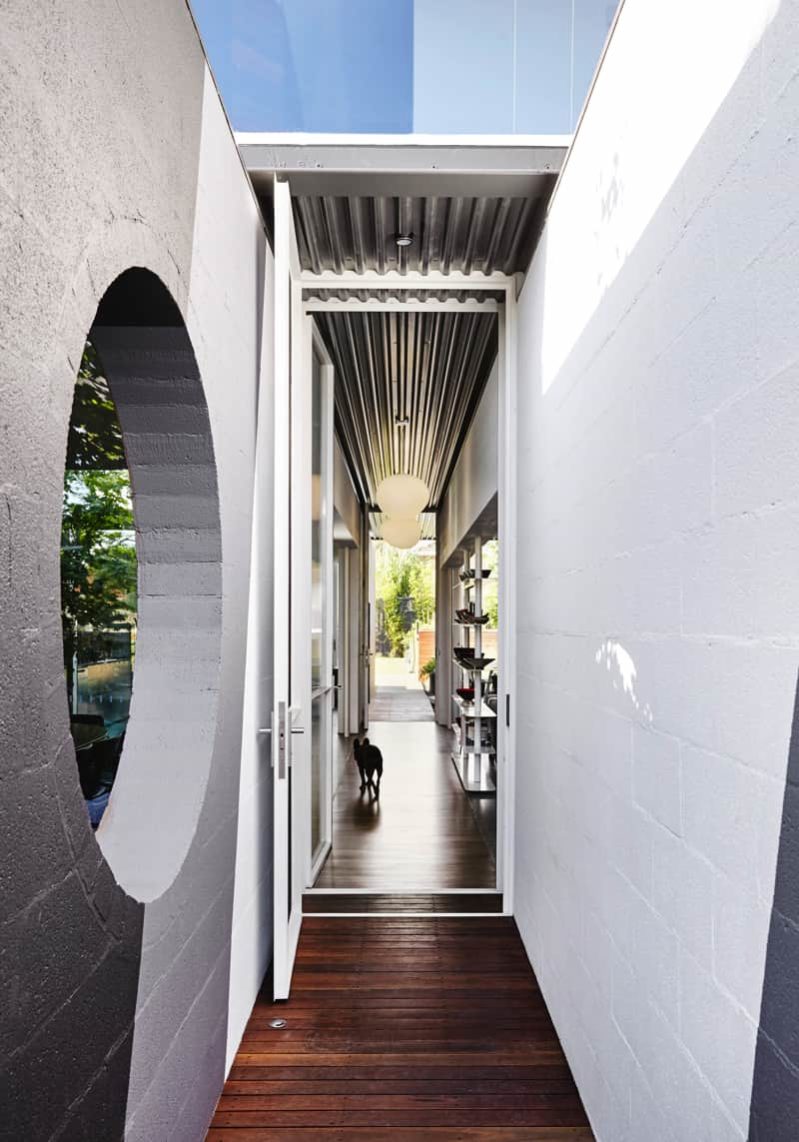 Alone Together
Alone Together
Running through most of their projects is the concept of being alone, together. In its simplest terms, they aim to have secluded spaces within shared spaces. They’re not fans of open-plan living.
They also avoid completely enclosing rooms or functions. They try to make the connection of each space adaptable and loose.
 The ground floor of THAT House is ostensibly open, however the arrangement of spaces allows the owners to be together, or secluded, or any level of engagement in between. For example, someone could be quietly reading in the study, whilst another family member watches cartoons in the sitting space, and two others are discussing football at the dining table.
The ground floor of THAT House is ostensibly open, however the arrangement of spaces allows the owners to be together, or secluded, or any level of engagement in between. For example, someone could be quietly reading in the study, whilst another family member watches cartoons in the sitting space, and two others are discussing football at the dining table.
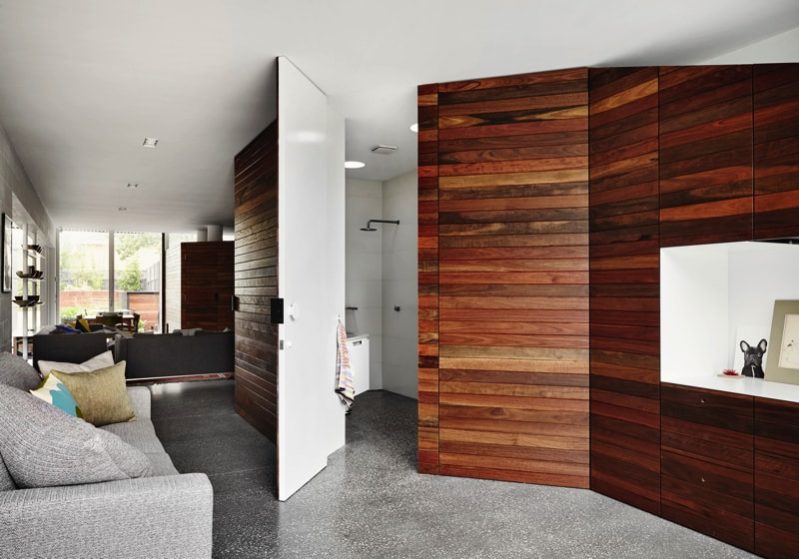 They are within a large, shared area, however it is not a noisy open plan, nor is it a series of enclosed cells. THAT House enables the residents to be as engaged or as removed from the family as much as they wish, at any time.
They are within a large, shared area, however it is not a noisy open plan, nor is it a series of enclosed cells. THAT House enables the residents to be as engaged or as removed from the family as much as they wish, at any time.
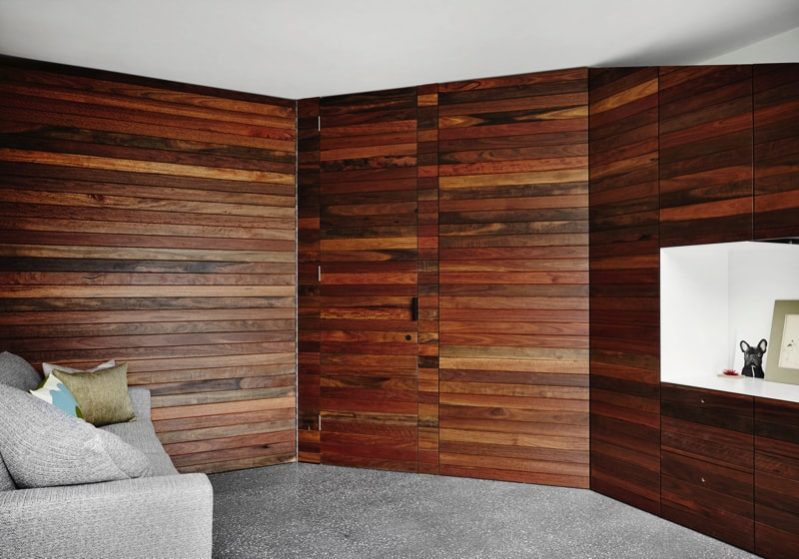 If your spaces can adapt to suit your mood, the weather, time of day and usage, then you don’t need numerous rooms.
If your spaces can adapt to suit your mood, the weather, time of day and usage, then you don’t need numerous rooms.
Adaptable, complex areas allow us to make the most of our space, while keeping our homes modest in size and enabling us to have large, well-connected outdoor spaces and gardens.
Let’s be clear, THAT House is not a small home. It’s not a solution, nor a ‘new prototype’ for Australian housing. However within its context THAT House is defiant and resistant. THAT house is a conscious effort to build a home that is almost half the floor area of its neighbours, yet without compromise of spatial types, functions and quality.
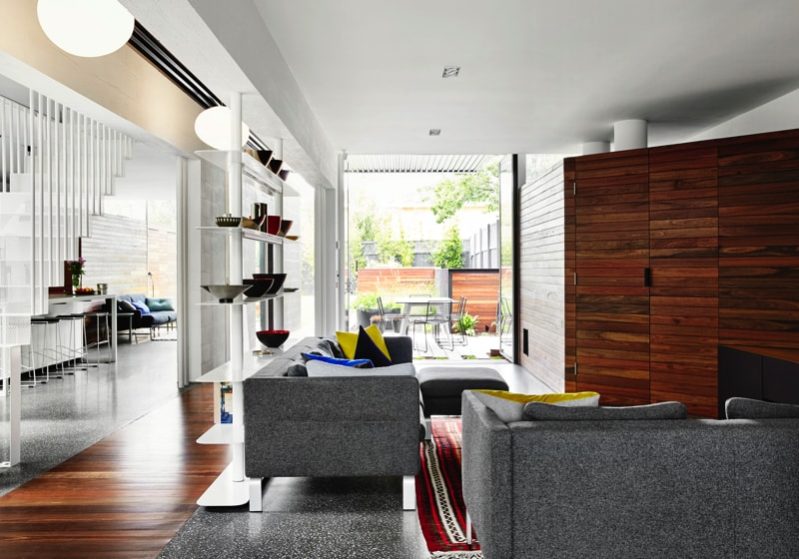 The anxiety of not having enough, or leaving something out that you may need later, is a real fear. However with good design and planning, modest size homes are not compromising. In fact, due to their access to the garden and the sophisticated nature of their internal spaces, well designed smaller homes are far superior to their bulky, poorly-considered neighbours.
The anxiety of not having enough, or leaving something out that you may need later, is a real fear. However with good design and planning, modest size homes are not compromising. In fact, due to their access to the garden and the sophisticated nature of their internal spaces, well designed smaller homes are far superior to their bulky, poorly-considered neighbours.
Like all of their buildings, sustainability is at the core of THAT House. They have optimised passive solar gain into all north facing windows. All windows are double-glazed. They have no glazing on western facades and limited glass on the eastern facades. High performance insulation is everywhere.
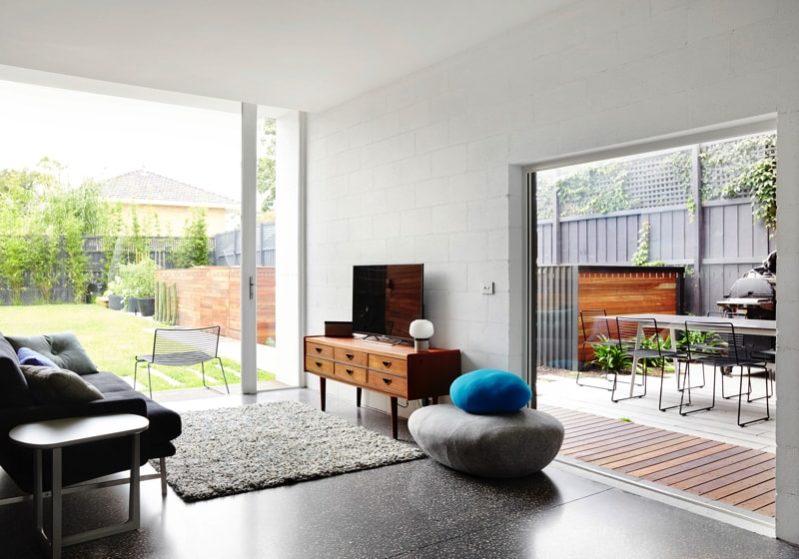 Along with active management of shade, and passive ventilation demands on mechanical heating and cooling are drastically reduced.
Along with active management of shade, and passive ventilation demands on mechanical heating and cooling are drastically reduced.
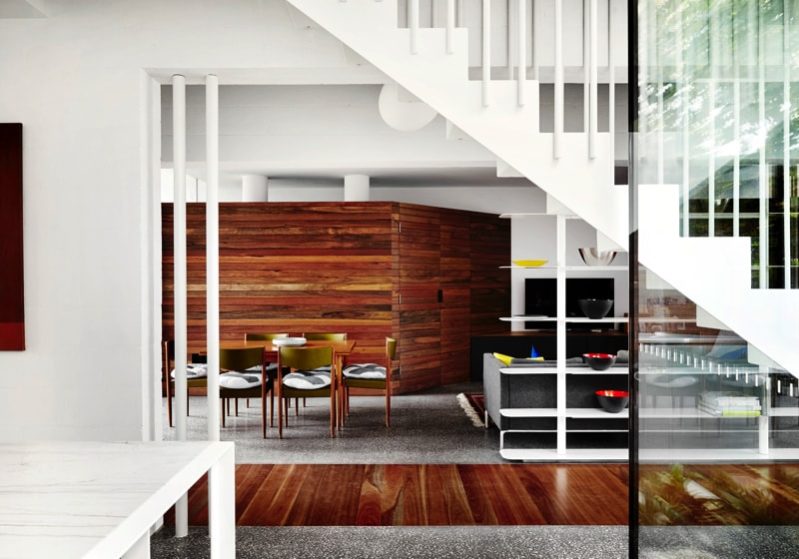 A large water tank has been buried within the rear yard. All roof water is captured and reused to flush toilets and water the garden. Where possible they have sourced local trades, materials and fittings. Solar panels with micro-inverters cover the new roof.
A large water tank has been buried within the rear yard. All roof water is captured and reused to flush toilets and water the garden. Where possible they have sourced local trades, materials and fittings. Solar panels with micro-inverters cover the new roof.
Please contact Austin Maynard Architects if you have any questions about THAT House. [email protected]
